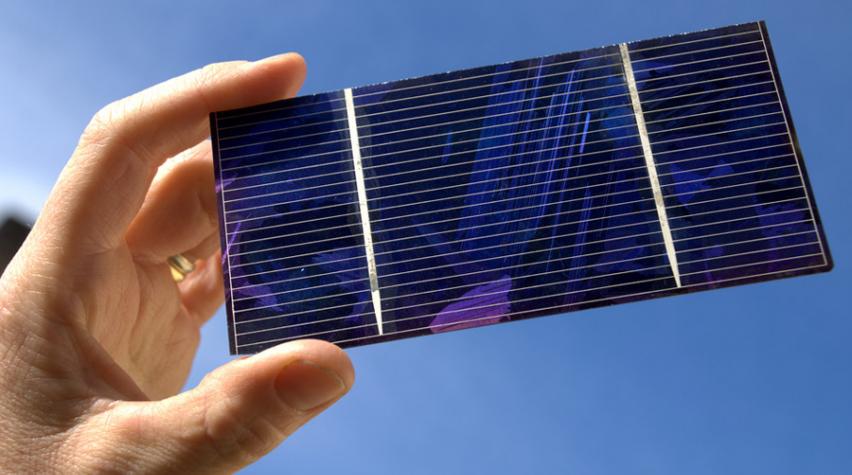
One of solar energy's biggest hurdles is its efficiency in converting light into electricity, but Sharp recently unveiled research that unlocks a path to potentially doubling efficiency, according to Technology Review. Still a prototype, the new solar cell takes advantage of extremely high-energy electrons that are produced when sunlight strikes a solar cell. Normally released as heat within a few trillionths of a second, this energy is captured by Sharp's solar cell thanks to what Technology Review describes as "exotic physics" that rely on understanding both the specific behavior of materials and how to engineer them with high precision. (Two related articles on the subject can be found here and here.) Sharp's solar cell uses ultra-thin layers of semiconducting material which "create a shortcut for high-energy electrons to move out of the solar cell," according to the report. Other high-efficiency cells have had success through stacking various types of solar cells (see are related article here), but while efficient in one sense, the technique has not proven cost efficient. If you missed it, check out our recent post about what Elon Musk (co-founder of PayPal and Tesla Motors, and creator of SpaceX) has to say about the future of solar energy. And also see our recent post on storing solar energy, the other great hurdle for increasing solar energy's usefulness.


